Delhi, the bustling heart of India, faces a constant struggle- water. Clean Water & Sanitation While the city dreams of a clean, healthy future, the reality often paints a different picture. The recent Delhi Budget 2025-26 has thrown this struggle into sharp focus, revealing a stark contrast in funding priorities.
A massive Rs 9,000 crore has been allocated for clean water and sanitation, a move welcomed by many. However, the seemingly paltry Rs 500 crore earmarked for the Yamuna River cleanup has sparked widespread concern and debate. Is this a sign of progress, or a glaring example of an underfunded, crucial priority?
The Rs 9,000 Crore Promise: Clean Water for All?
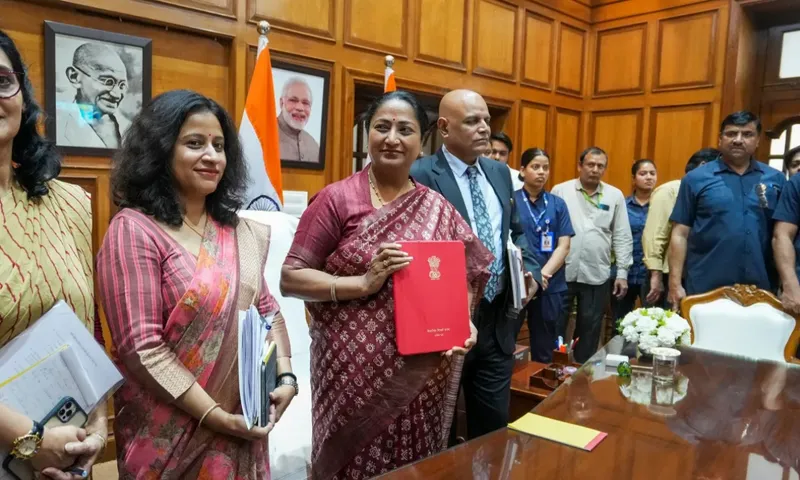
The allocation of Rs 9,000 crore for clean water and sanitation is undeniably a significant step. This money is likely aimed at:
Improving water supply infrastructure: This includes laying new pipelines, repairing old ones, and boosting the capacity of water treatment plants. The goal is to ensure that more households have access to reliable and safe drinking water.
Enhancing sewage treatment: Clean Water Proper sewage treatment is vital to prevent contamination of water sources. The budget likely includes funds for building new sewage treatment plants and upgrading existing ones.
Promoting rainwater harvesting: This is a sustainable way to replenish groundwater resources. The budget may support initiatives to encourage rainwater harvesting in residential and commercial buildings.
Addressing waterlogging: Delhi often faces severe waterlogging during the monsoon season. The funds could be used to improve drainage systems and prevent flooding.
Providing clean toilets: Clean Water This is a crucial aspect of sanitation, especially in densely populated areas and slums. The budget may include provisions for building and maintaining public toilets.
This substantial investment reflects the government’s recognition of the critical need for clean water and sanitation in Delhi.
Access to clean water is a basic human right, and improving sanitation is essential for public health. The budget aims to tackle these issues head-on, promising a better future for Delhi’s residents.
The Yamuna’s Cry: Rs 500 Crore – A Drop in the Bucket?

While the Rs 9,000 crore allocation is commendable, the Rs 500 crore assigned for the Yamuna River cleanup has raised eyebrows. Clean Water The Yamuna, Delhi’s lifeline, is heavily polluted, choked with sewage and industrial waste. Despite numerous efforts, the river remains in a deplorable state.
Why is Rs 500 crore considered insufficient?
The scale of the problem: Cleaning the Yamuna is a monumental task. Years of neglect and pollution have created a complex and challenging situation.
The cost of treatment: Treating the vast amount of sewage and industrial waste requires significant investment in infrastructure and technology.
The need for long-term solutions: A sustainable solution requires not just cleaning the river but also preventing further pollution. This involves controlling industrial discharge, managing sewage, and restoring the river’s ecological balance.
The complex nature of the river: The Yamuna is a complex river that runs through multiple states, and the pollution is not solely from Delhi. Therefore, interstate cooperation is very important and adds to the costs.
Many experts argue that Rs 500 crore is simply not enough to make a meaningful difference. They point to the need for a comprehensive, multi-pronged approach, requiring significantly more funding.
The Disparity: A Question of Priorities?
The stark contrast between the Rs 9,000 crore for clean water and sanitation and the Rs 500 crore for the Yamuna cleanup raises questions about the government’s priorities. While both are important, the Yamuna is a critical resource that affects the entire city’s ecosystem.
Some argue that the government is focusing on immediate, visible improvements, such as providing clean water to households. Others believe that the Yamuna cleanup is a long-term project that requires a phased approach.
However, the reality remains that the Yamuna’s pollution is a serious threat to public health and the environment. The river’s polluted water seeps into the groundwater, contaminating drinking water sources. The stench from the river affects the quality of life for residents living nearby. And the loss of biodiversity in the river has far-reaching ecological consequences.
Moving Forward
The Delhi Budget 2025-26 has highlighted the urgent need to address the city’s water crisis. While the allocation for clean water and sanitation is a positive step, the Yamuna cleanup requires a more robust and sustained effort.
Increased funding for the Yamuna: The government needs to allocate significantly more funds for the river’s cleanup, reflecting the seriousness of the problem.
A comprehensive action plan: A detailed plan outlining specific goals, timelines, and strategies is essential. This plan should involve all stakeholders, including government agencies, experts, and citizens.
Strict enforcement of regulations: Industrial and sewage discharge into the river must be strictly regulated and enforced.
Public awareness and participation: Educating the public about the importance of the Yamuna and encouraging their participation in cleanup efforts is crucial.
Interstate cooperation: Addressing the Yamuna’s pollution requires collaboration with neighboring states.
Sustainable solutions: Long-term solutions should focus on preventing pollution at the source and restoring the river’s natural ecosystem.
Transparency and accountability: The government should be transparent about the use of funds and accountable for the progress of the cleanup.
The Yamuna is not just a river- it’s a symbol of Delhi’s identity and a vital resource for its people. Cleaning the Yamuna is not just an environmental issue; it’s a matter of public health, social justice, and sustainable development.
The Delhi Budget 2025-26 has presented an opportunity to address the city’s water challenges. However, it’s crucial that the government recognizes the importance of the Yamuna and allocates the necessary resources to restore its health.
Only then can Delhi truly claim to be on the path to a clean and sustainable future

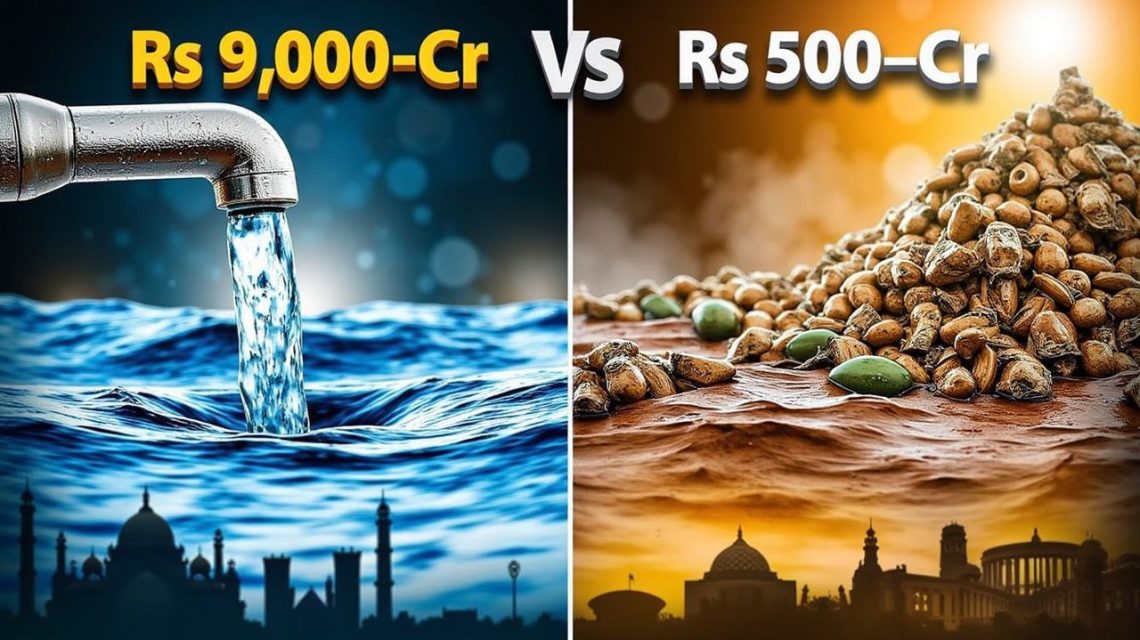

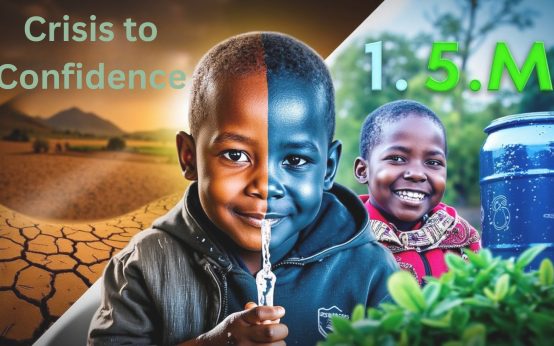 Crisis to Confidence: How World Vision Kenya Brought Clean Water to 1.5M and Redefined Sanitation Equity
Crisis to Confidence: How World Vision Kenya Brought Clean Water to 1.5M and Redefined Sanitation Equity 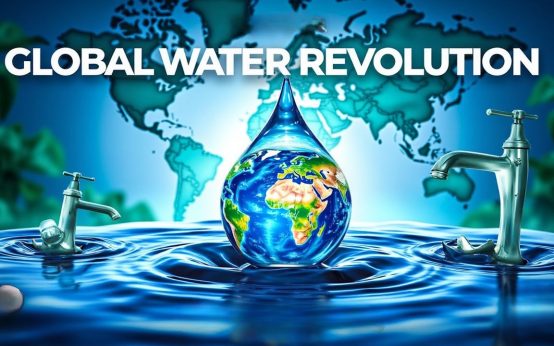 World Bank Leads Global Water Revolution: Invested to Secure Clean Water for 100M People, Combat Scarcity in Developing Nations
World Bank Leads Global Water Revolution: Invested to Secure Clean Water for 100M People, Combat Scarcity in Developing Nations 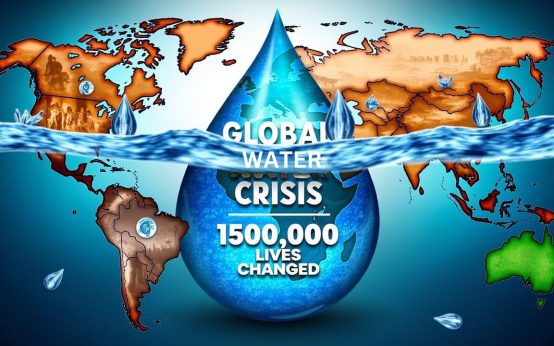 The Thirst Cycle: Global Water Challenge and Cargill Empower 150,000 with Clean Water in High-Stress Crisis Zones
The Thirst Cycle: Global Water Challenge and Cargill Empower 150,000 with Clean Water in High-Stress Crisis Zones
good!
good!
good!
wonderful!